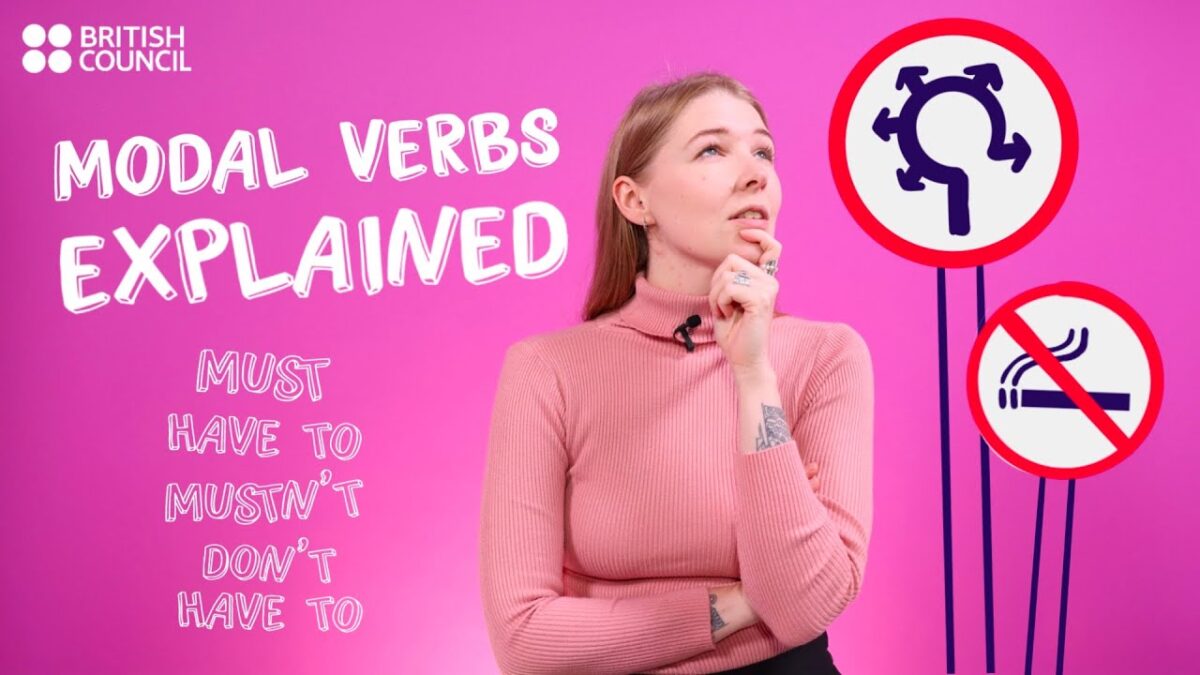5 Common Pronoun Errors and How to Tackle Them Like a Pro

Have pronouns left you feeling puzzled? You’re definitely not alone! In this blog, explore a selection of common pronoun errors and learn how to turn those errors into triumphs!
Error #1 – Not realising that “they” can be used as a singular pronoun
There are two different types of pronouns: singular and plural.
- Singular pronoun examples:I, me, he, she, her, they, and him.
- Plural pronoun examples: We, our, us, them, they, and their.
One of the most versatile pronouns in the English language is ‘they’. Not only can ‘they’ refer to a group of people, but it can also be used for a single person, especially when the gender is unknown or doesn’t matter in the context. Surprised? Most English language learners are!
For example, you can say “Someone left their bag at the station; I hope they come back to get it.” Did you notice how “they” and “their” refer to just one person?
It’s also an inclusive way to refer to people who identify as non-binary, as those people don’t always feel comfortable identifying as either he or she. Understanding the singular “they” can be a game changer in your English learning journey. You can learn more about using “they” as a singular pronoun in this helpful Mini English lesson.
Error #2 – Picking the wrong pronoun
The form of a pronoun (subject, object or possessive) relies on its role in the sentence. Choosing the wrong form can make your sentences confusing and difficult to understand.
| Pronoun form | Meaning | Examples |
| Subject | The subject performs an action in a sentence. | I, you, he, she, and it.
“She danced the night away.” “She” is the subject pronoun performing the action of dancing. |
| Object | The object receives the action. | Me, you, him, her, and it.“The gift is for her.”
“You” is the object pronoun in this sentence. |
| Possessive | Used to show ownership or possession. | My, your, his, her, its, our, and their.
“This is my car.”“My” is the possessive pronoun in this sentence. |
Pronoun error example: “Her should take her car to the mechanic.”
Why it’s wrong: “Her” is an object pronoun form, but in this example, it’s being used as the subject.
Correct pronouns: “She should take her car to the mechanic.”
Error #3 – Using vague pronouns instead of clear pronouns
What is a vague pronoun? Well, if you’ve ever read a sentence and were left wondering who the pronoun was referring to – that’s known as a vague pronoun. They can make sentences very difficult to understand, and your sentences shouldn’t leave people guessing!
Example of a vague pronoun: “When Sanjay talked to his father, he was rude.”
Why it’s wrong: It’s not clear whether the “he” refers to Sanjay or Sanjay’s father.
Correct pronouns: “When Sanjay spoke to his father, Sanjay was rude.”
Error #4 – When pronouns don’t match with the nouns
In technical terms, these are known as pronoun-antecedent agreement errors. Antecedents are nouns that a pronoun is referring to, for example in the sentence “The dog barked at its owner”, the pronoun is “its” and the antecedent is “dog”.
In simple terms, pronoun-antecedent agreement means your pronouns should match their nouns, both in number and gender.
Pronoun error example: “The flowerpot remains in their place.”
Why it’s wrong: “flowerpot” is singular and “their” is plural.
Correct pronoun: “The flowerpot remains in its place.”
Error #5 – Not being consistent
Confusion can arise when Inconsistent personal pronouns are used. Essentially, this means the writer or speaker switches between different personal pronouns – such as “I”, “you”, “he”, and “she” – without a clear reason.
Pronoun error example: “They said they would join us, but she didn’t show up.”
Why it’s wrong: In this example, the pronouns “they” and “she” are referring to the same person.
Correct pronouns: “They said she would join us, but she didn’t show up.”
It’s time to unleash your new pronoun power!
So, there you have it – a quick guide to pronoun errors. Remember, learning a language is all about practice. And speaking of practice, we’ve got tonnes of resources to help you nail those tricky English phrases.
Take a look at our helpful courses and resources to help you through your English language journey.
Explore our courses and resources >




